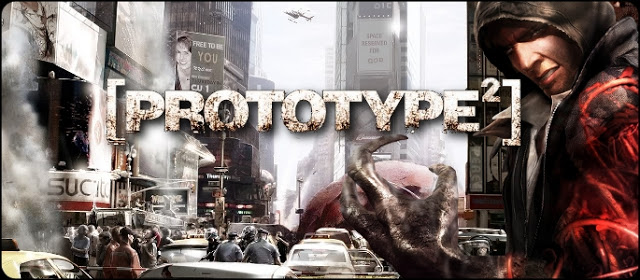2009’s Prototype did a pretty decent job of turning the open world superhero genre (as seen in game’s like Spider-Man 2) on its head. The story followed Alec Mercer, a lab technician infected by the Blacklight Virus, a highly-contagious mutagenic retrovirus not entirely unlike a certain biological nasty developed by Resident Evil’s Umbrella Corporation. Gifted with the ability to mutate his own cells at will, Mercer played the anti-hero well, taking down the evil conspiracy that had released the virus into Manhattan and allowing nothing and no one – not even innocent bystanders – to get in his way.
The virus itself was a beauty, arming Mercer with (among other things) huge organic blades, an armoured carapace and the ability to absorb a person completely, taking on their physical characteristics and their memories at the same time. Mission info was divulged by the assimilation of key targets, and locations were reached by running up buildings and gliding through the skies above Manhattan. Coloured zones indicated the level of destruction in each district of the island, and the story progressed through them in such a way that the early part of the game was a calm, collected adventure and the last part was a cluster-bomb of blood, guns, tanks and mutated abominations.
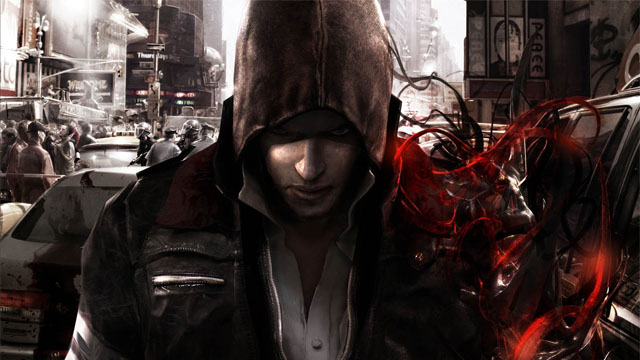
ALEX MERCER MUST DIE: But very few people saw the ending coming, when Mercer’s memory finally returns and reveals that he brought everything on himself. He caused the outbreak by releasing the virus for selfish reasons, and everything was his fault. It was a slight sucker punch for players but, perhaps damningly for the game’s legacy, it also made Alex Mercer an incredibly unpopular character.
He was so unpopular, in fact, that no one wanted to play as him anymore. An anti-hero is one thing – a character from the wrong side of the proverbial tracks who is forced to do the right thing, even if for the wrong reasons, is relatable – but Mercer wasn’t an anti-hero anymore; instead he was a self-serving monster who condemned thousands to death on a whim. For a sequel to work, Radical Entertainment needed to get the gamer behind their protagonist once again.
It was no small challenge. For all the innate shittiness of his personality, Mercer was a great character to play as. His powers were cool, his look – while not iconic – was cool, and the enemies he was mashing into soupy pulps just about managed to be more disagreeable than him. How do you take all that and create a character the audience can empathise with, even root for? Actually, it turned out to be quite easy: You simply set him against Mercer, and by the old “enemy of my enemy” rule, the new character has to be the good guy.
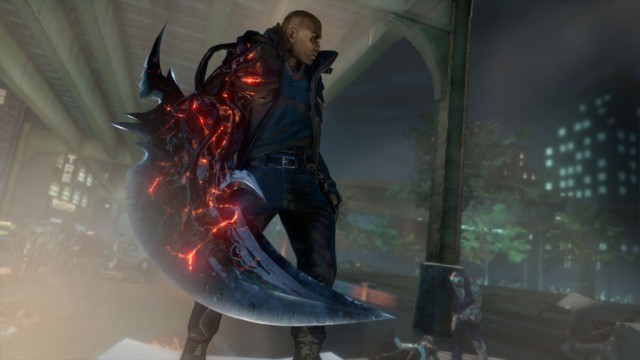
HELLER GOOD: Enter Sergeant James Heller, the protagonist of Prototype 2, a soldier who lost his family to the Blacklight Virus and will do anything to bring Mercer down. That his powers are no less destructive, and his demeanour is hardly that of a boyscout, is under-rug-swept by the fact that he is seeking vengeance for the murder of his family, particularly the little girl he loved. We can excuse Heller’s behaviour where we couldn’t excuse Mercer’s because Heller has a reason to tear Manhattan apart looking for the cause of his pain, we can empathise with him because, at the end of the day, if we lost a loved one in such a way, most of us would wish with every fibre of our being that we could be granted the power to wreak such brutal and final revenge upon the source of our agony.
So, Heller is a good guy. Sweary, violent and dangerously angry, yes, but a good guy nonetheless. Infected by Mercer after reinstating himself into Blackwatch (the private military company hired to cover up the Blacklight Outbreak) purely to hunt him down, Heller is cast into the world by his maker, now a self-styled God who believes his own hype and is raising a small army of infected warriors for Heller to carve his way through. Prototype 2 has a more traditional method of character progression, borrowing an idea from Soul Reaver whereby Heller develops new gifts after absorbing his “brothers” and “sisters”, other Evolved infected created by Mercer.
Along the way, Heller develops huge blades and claws, the ability to scale buildings and glide through the air just like Mercer, but he also develops gifts that are his own, like a powerful block that leaves enemies open to a counter attack and some truly destructive Devastator attacks. He also learns to use the virus in a way Mercer didn’t (until after the events of the first game, anyway), and can summon his own pack of flesh-eating mutants to help suppress (Read: Eviscerate) the Blackwatch forces. As a rather nice touch, the “Biobomb” attack turns the unsuspecting into walking bombs and is a great way to kick off a surprise attack. However, unlike Mercer, Heller is not quite so willing to murder everyone who stands in his way.
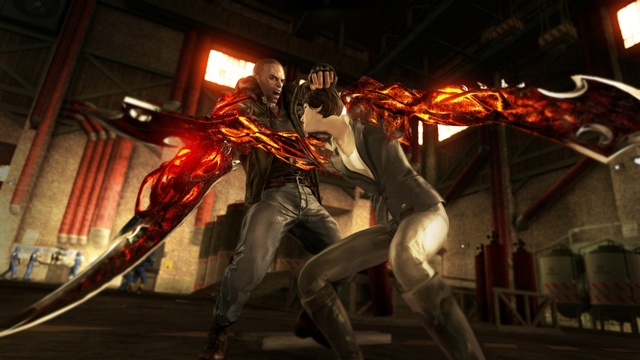
TRAGIC HERO: More a reluctant hero than an anti-hero, Heller teams up with Father Miguel Guerra and Dana Mercer, Alex’s now estranged sister, who desperately wants someone to put an end to her brother’s rampage. You can’t help but sympathise a little with Heller; he’s got no real plan, no real clue, and seems to survive on pure anger alone. Even Mercer is surprised by him more than once, as his rage and angst multiplies the potency of Blacklight. There are also moments where you won’t be able to help smiling at Heller’s one-liners. He’s a sour, sarcastic and succinct son-of-a-bitch who never minces his words – another reason to like him way more than Alex Mercer.
Much like the first game (and indeed many open world adventures such as this), missions come from various sources and, to a certain extent, can be tackled in the order you choose. Initially granted by Heller’s friend Father Guerra, the mission focus eventually shifts from assimilating anyone who might know where Mercer is to finding Heller’s daughter Maya, revealed to be alive and in Blackwatch custody. Here, Heller’s motivations change again. Now it’s not only revenge that drives him, but love, hope and fear, too.
There’s also a worry now, brought on by Heller’s reckless pursuit of Maya, that his actions will ultimately lead to his own demise or Maya’s. Mercer still holds all the cards, first killing Guerra and then abducting Dana – and Heller’s allies are dwindling. Before long he’s getting desperate, which is when aid comes in the unlikely form of Blackwatch’s Colonel Rook, whose paternal affection for his own daughter lead him to help Heller do the right thing.
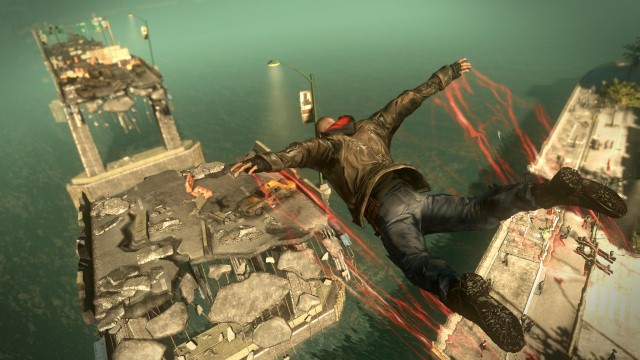
ALL IN THE GENES: A major complaint levelled against Prototype was how “samey” it all was, particularly towards the final act. You can’t go anywhere without seeing a column of tanks blowing down a building, and taking out helicopters with your bare hands does eventually get boring. Prototype 2 attempts to alleviate this problem by evolving the combat and mission structure of its predecessor.
For a start, there’s more variety to the types of mission. Checkpoint races, collection runs, cleaning out infected Hives, hunting down key Blackwatch personnel and fighting other Evolved in what amounts to boss fights break up the monotony of killing, killing and killing, while exploration is rewarded with a bevy of collectibles that offer backstory into the events that took place in the two years between games.
Prototype 2 offers a much more robust package, full of things to do, and throws in some interesting set-piece-style encounters with skyscraper-sized infected to boot. The sense of being a total badass is still there, but it’s tempered by genuine challenge that doesn’t feel anywhere near as cheap as it did before. It may be something of a cliché to say it, but Prototype 2 improved on the original in almost every conceivable way.
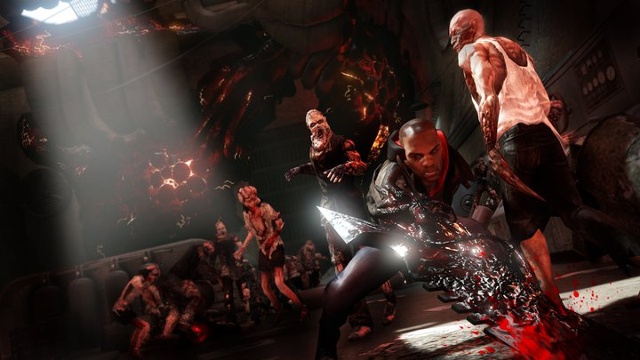
BEST SERVED COLD: Despite a fair amount of critical acclaim and decent sales (even outselling Capcom’s Dragon’s Dogma), Activision announced that Prototype 2 had failed to “find a broad commercial audience”, and as a result Radical Entertainment was absorbed back into the Activision behemoth, with many of its staff losing their jobs as a result.
While it’s a shame to see any developer close its doors, it’s doubly sad when the last game they made was as good as Prototype 2. It isn’t without its problems – the difficulty is still ridiculously uneven, for one – but it showed a genuine leap up from the first game and created high hopes for a third title, especially as Heller’s story isn’t fully resolved. Mercer may be dead and the Blacklight Virus gone, but Heller is still infected. I, for one, wanted a third game that saw Maya, grown up and now infected, hunting down her rogue father.
Either way, Prototype 2 deserves a run-through even if you’ve previously given it a wide berth because of the implications of Radical’s closure. It’s a great game, action-packed and fast-paced, and as deep and time-consuming as you want it be. You can follow the story through in ten hours, or spend another five or six hunting down the Evolved or wiping up the optional challenges. Either way, Prototype 2 tells a good story with a much more likeable protagonist and goes some way to repairing the damage done by Mercer’s big reveal at the climax of the original. It’s not the best game of this generation by a long way, but if you want some large-scale carnage and a protagonist you can get behind, you could do a lot worse.


